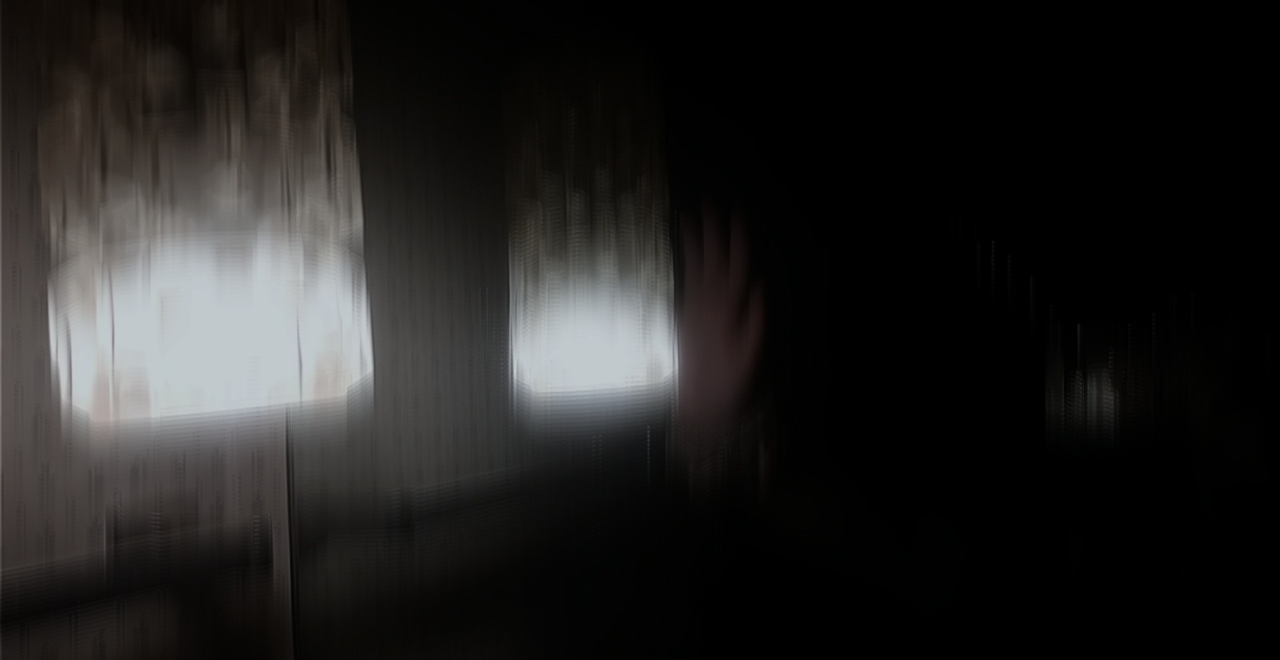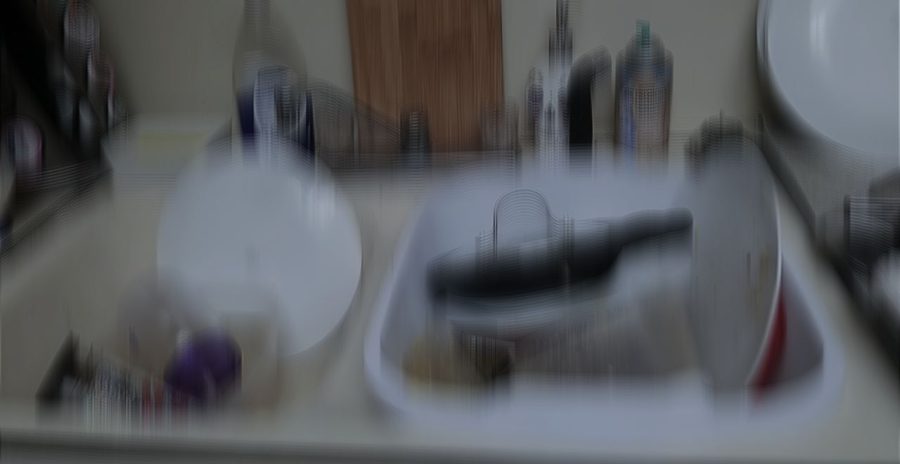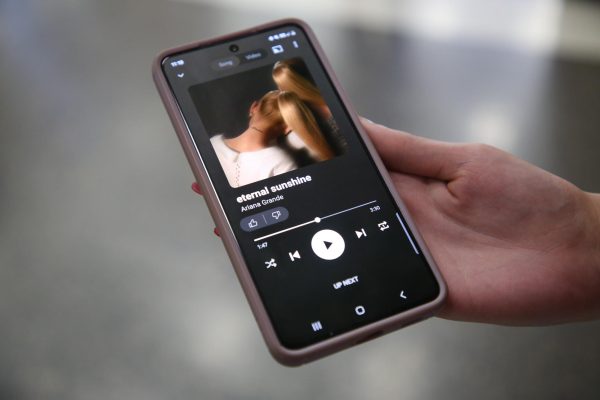Migraine brain: clearing up the fog
A replication of the blurred images some migraine victims live with day-to-day.
Ever been left wondering why that throbbing pain in the back of your head just won’t go away? Or why when it does go away symptoms suddenly start coming back? No warning, no reason, just a headache so intense your head might explode! If you’re anything like me, you’ve spent hours scouring the internet looking for at-home how-tos to undo all the symptoms of your stress and nothing is working. Wishing you could see things more clearly? Feelings of disorientation and confusion are pretty common with most migraines, more than you would think.
The worst part of any migraine is not knowing where it originates from. If you know what’s causing your migraines, they become more treatable. The first step is to identify an origin and there are two questions to ask yourself.
One: What are you doing in your daily life that’s throwing off your routine? It was reported by familydoctor.org some of the most common migraine triggers include family history, food and/or drink intake and sensory stimulation input.
Two: What kind of migraine are you experiencing? There are two main categories when defining what a migraine is. Common versus classical. Within these two main categories, there are migraines defined based on symptoms. Some migraines start with an aura 15-30 minutes before or after head pain which can act as a warning of an onset migraine potentially allowing time to treat with medication. Classical migraines include an aura, while common migraines are without. Common migraines, as you could guess, are what the majority of the migraine population experience.
If the migraine you’re experiencing is a migraine without head pain it may include an aura phase. You may also feel the same sensitivity to light and sound as you would with common migraines. The difference between the two is that migraines without head pain can be treated or controlled by decreasing noise, setting, lighting and applying a cold compress. It should pass in a few hours at most. A migraine such as a hemiplegic migraine though will take more time to recover from.- trust me, I would know. It’s a little hazy, but around the age of 14, I began having symptoms of hemiplegic migraines. My doctor had me begin tracking each one as well as my symptoms and potential triggers, which can be done using a journal or an online app. Hemiplegic migraines will cause one side of your body to go weak and mimic the symptoms of a stroke for periods lasting from a few hours to 24 hours. Head pain often occurs before or after weakness.
However, Migraines are often treated with preventive medications through anti-seizure medicines, antidepressants and medicines to lower blood pressure. This is important to communicate with your doctor as certain medications or other health factors can trigger migraines depending on the type you are experiencing. Other treatments include an electrical stimulation device approved by the FDA. How it works is the user wears the headband for 20 minutes a day allowing it to stimulate the nerve that migraines are connected to using electrical signals. Studies have demonstrated that electrical stimulation of branches of the trigeminal nerve over the forehead can treat migraine headaches and even prevent them. One such device, the Cefaly Dual, has been available by prescription to prevent migraine headaches since 2014.

Tips & Tricks
- Avoid blue light, if necessary. Follow the settings you are prompted with to turn on night modes and decrease blue light. Since a symptom of migraines is light sensitivity, blue light can be painful.
- Cool towel compression against the forehead.
- Decrease noise setting if possible.
- Find ways to track every migraine as well as food intake and other possible triggers whether it be paper records an app. Medical history can be useful to take to your doctor.
- Acupressure therapy.
- Pressure on temples to redistribute the targeted area of pressure.
- MRI or CT scans can give more in-depth knowledge of an individual’s medical history and relationship with migraines.
General triggers
- Medications
- Food/drink intake
- Stress
- Sensory input
- Illness

Kylee Crisswell is a Junior and first year a Staff Writer on The Insight. Prior to high school, she was on the yearbook staff in middle school as one of...











